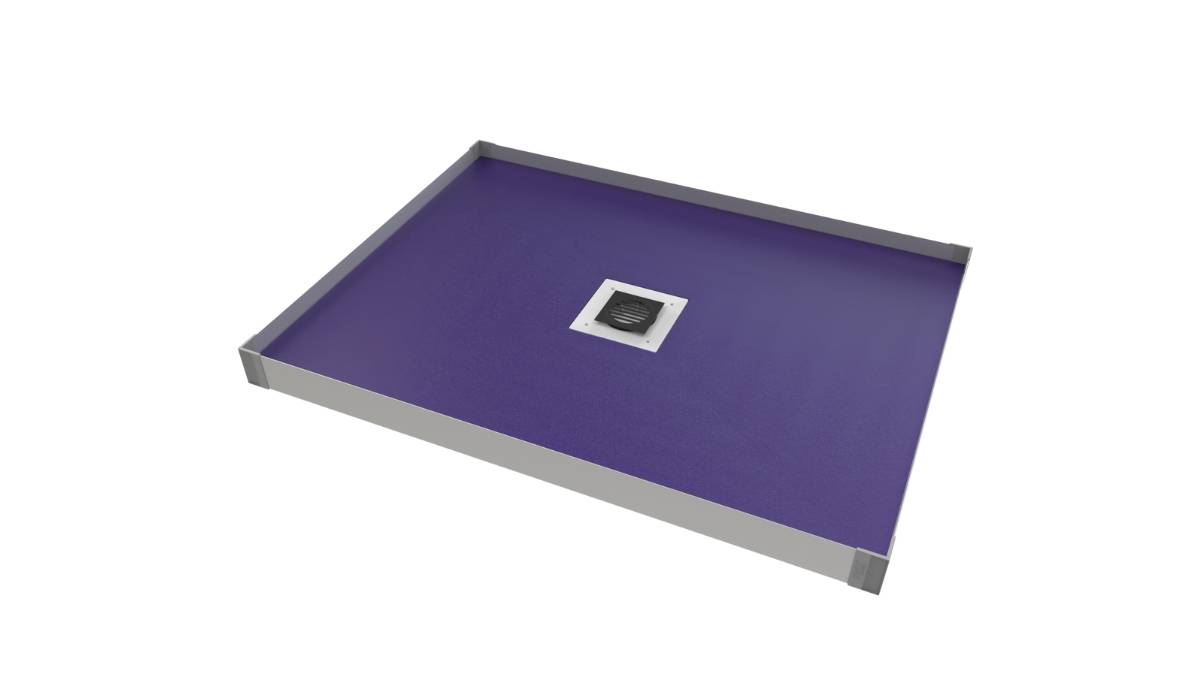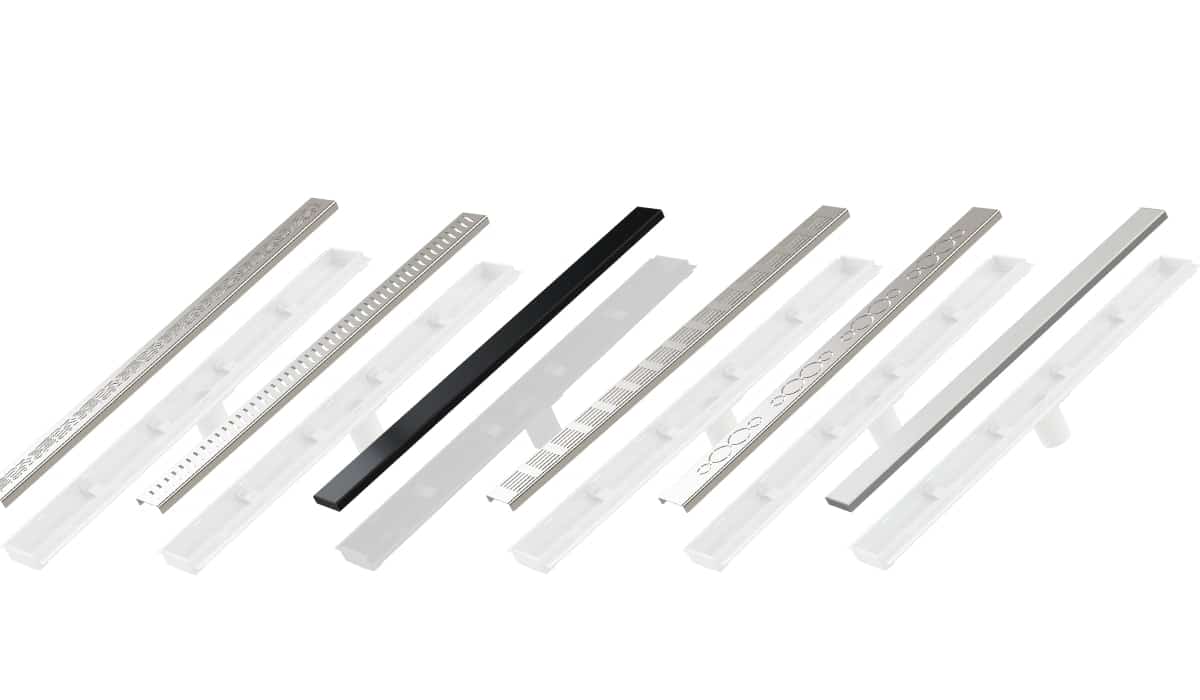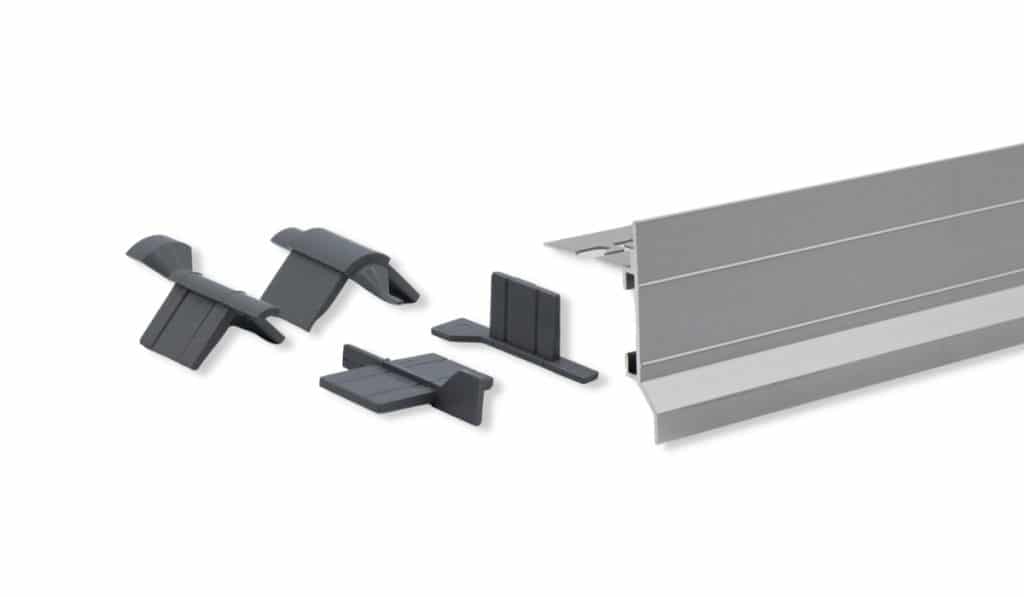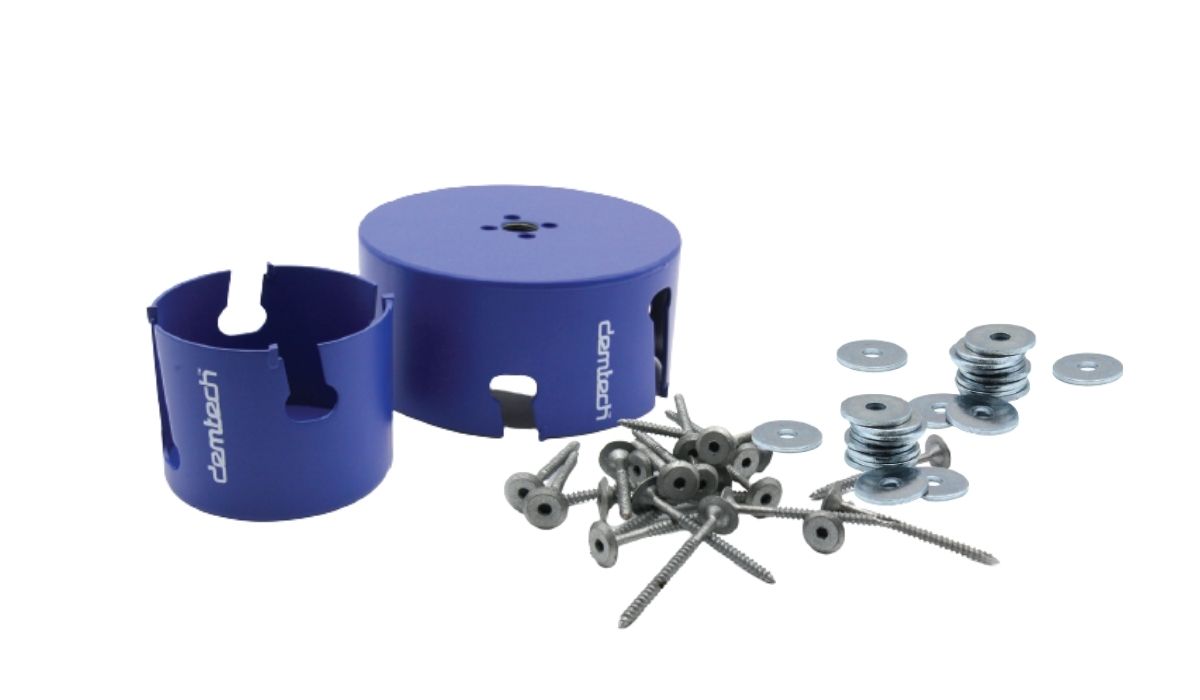When it comes to creating a stunning and functional wet area in your home, the importance of tile trims cannot be overstated. Whether you’re renovating your bathroom, building a new balcony, or upgrading your laundry room, the right trims can enhance aesthetics, provide crucial protection, and prevent water penetration. In this blog post, we’ll explore our four main types of trims and show you how to effectively incorporate them into your wet area projects.
1. Tile Trims: Elevate Aesthetics and Safety
Functionality: Tile trims are designed to protect and finish the exposed edges of your tiles, covering sharp corners that could pose safety hazards. They not only enhance the overall aesthetic appeal of your project but also ensure that the tile edges remain intact and safe, especially in high-traffic areas like bathrooms.
Application: When laying tiles in wet areas, it’s essential to use tile trims along exposed edges, such as shower recesses and shower seats. Incorporating these trims also facilitates under-tile drainage, helping to avoid unwanted water buildup, which can lead to mould or structural damage.
Tip: Choose a trim that complements your tile colours for a seamless look.
2. Water Stop Angle: Prevent Leaks and Moisture Damage
Functionality: The water stop angle serves as a waterproof barrier between different types of flooring, such as tile and carpet, particularly in areas where moisture can easily seep through.
Application: Install the water stop angle at the transition points of your bathroom, such as the doorway, shower recess, and bathtub perimeters. This will significantly reduce the risk of moisture leaking out of these areas and harming adjacent flooring, maintaining the structural integrity of your home.
Tip: Ensure the water stop angle is securely attached to both the bathroom tiles and the surrounding flooring to create a watertight seal. This simple yet effective addition can save you a lot of headache (and expense!) down the road.
3. Balcony Edge Trim: Protect Your Building’s Façade
Functionality: Balcony edge trims come with a 12mm drip edge that diverts water away from your building’s façade, preventing water accumulation and minimising the risk of efflorescence.
Application: When installing tiles on your balcony, a balcony edge trim is essential. It prevents unwanted water runoff from accumulating beneath the tiles, which can lead to unsightly stains or render damage on your building's exterior.
Tip: Select a balcony edge trim in a colour that complements your balcony tiles for a cohesive look. The trims can be powder-coated to match any shade from the Dulux range, ensuring a perfect fit for your design.
4. Skirting Profile: A Dual Functionality
Functionality: The skirting profile serves a dual purpose – it protects walls from damage while creating a decorative perimeter at the base of rooms. When properly integrated into the waterproofing system, it can also function as a water stop along wet area perimeters, effectively managing moisture levels. Additionally, it eliminates the need for caulk or fillet grout on the top of the tiles, ensuring a clean finish.
Application: Skirting trims can be installed in any room with tiles, but they are especially beneficial in areas where water is prevalent, such as bathrooms and laundry rooms. They not only guard against potential water damage but also enhance the visual appeal of the space, adding a touch of elegance and sophistication.
Tip: Look for a skirting profile with excellent resilience to wear, as these areas often experience high foot traffic. A quality skirting trim will maintain its appearance while delivering the necessary protection and functionality sought in such spaces.
Incorporating trims into your wet area projects is not just about aesthetics; it’s about functionality and safety as well. By understanding the roles of tile trims, water stop angles, balcony edge trims, and skirting profiles, you can create spaces that are both visually appealing and resistant to water damage. Choose the right trims for your project, and you’ll significantly reduce maintenance needs and prolong the life of your wet areas.














